This was the year Ireland would begin to reset the afforestation programme to reach the Government’s annual target of 8,000ha.
Most in the sector would have been satisfied with a programme of 3,500ha this year, which would require monthly average afforestation output of 500ha during the winter-spring planting season. Instead, just 89ha had been planted by the end of February.
As the 2023-2027 programme awaits EU State Aid Approval, no new afforestation applications can be accepted under de minimis rules.
The biggest disappointment in this inexcusable development is that the new Forestry Programme has significant benefits for farmers as explained by Mark McAuley. While afforestation remains in a state of limbo, there are good reasons for farmers to examine the forestry option. For example, the cumulative tax-free premium income for farmers who plant a 10ha commercial forest increases from €76,500 in the old scheme to €149,200 in the current programme.
The current programme has shown ingenuity in a number of forest type (FT) schemes, not least continued cover forestry (CCF), as outlined by Paddy Purser. CCF has major advantages on low wind risk sites where biodiversity can be enhanced without sacrificing production and revenue in the long-term.
CCF State supports are now available from afforestation to transformation of existing crops to continuous cover. There are also incentives to adopt CCF after clearfelling. CCF could become the silvicultural system of choice if felling licences were no longer required, as is the practice in European forests.
Most forestry companies have turned their attention to felling and roading licences as harvesting activity continues in a volatile timber market as outlined by Geraldine O’Sullivan. In the current market there are good reasons why forest owners with clearfell licences should wait until the sawlog market improves. A recent positive trend is the increase in pulpwood price, especially for the wood energy market, so thinning is still an option.




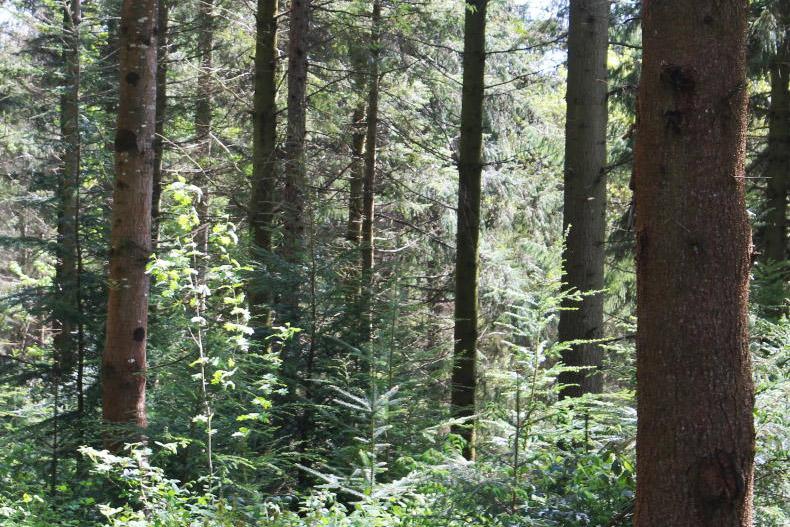
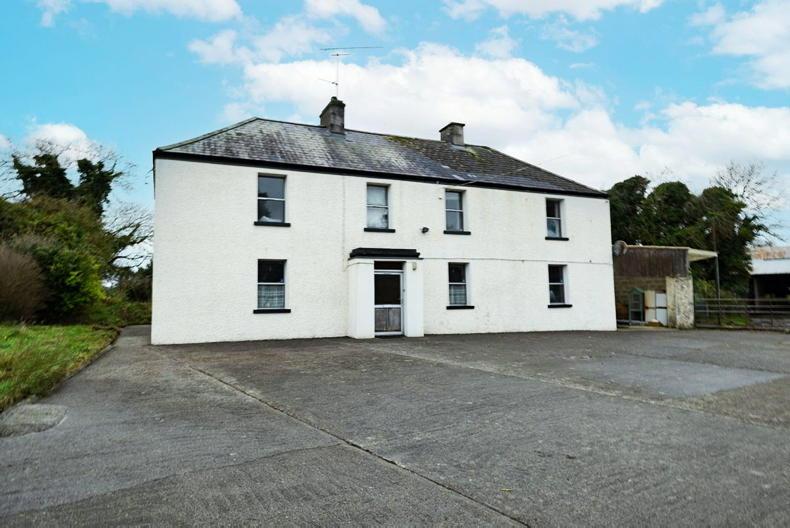
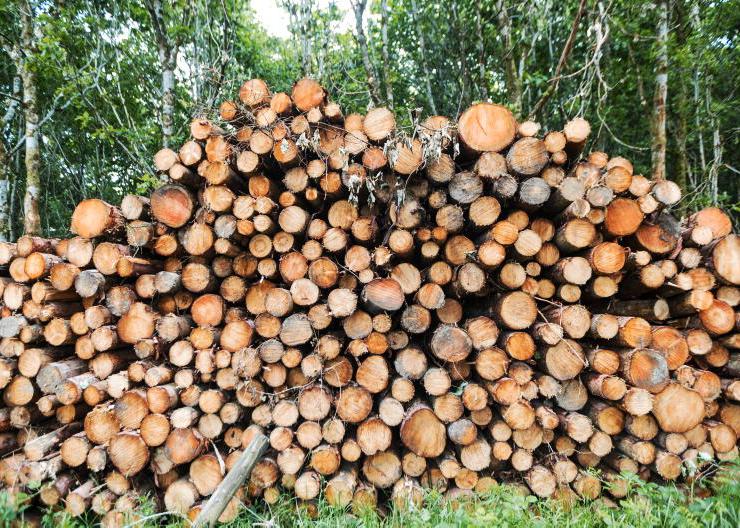
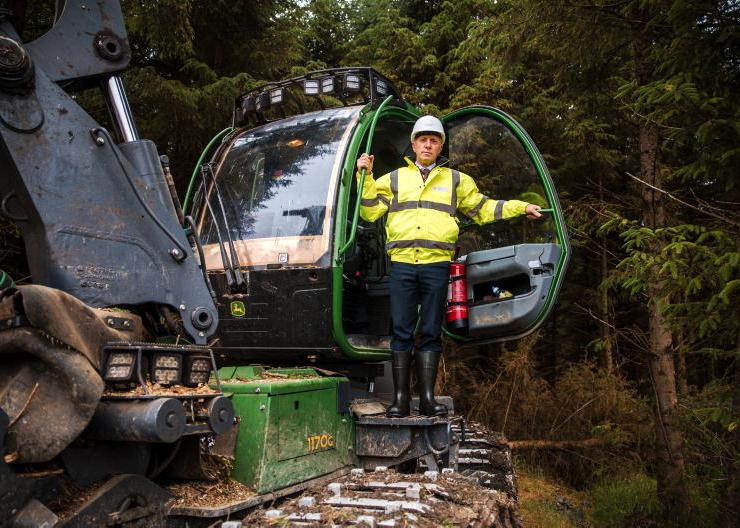
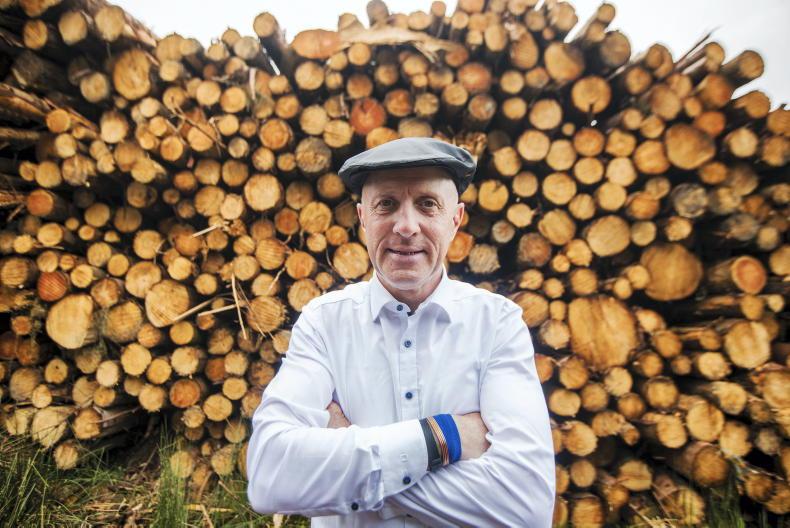
SHARING OPTIONS